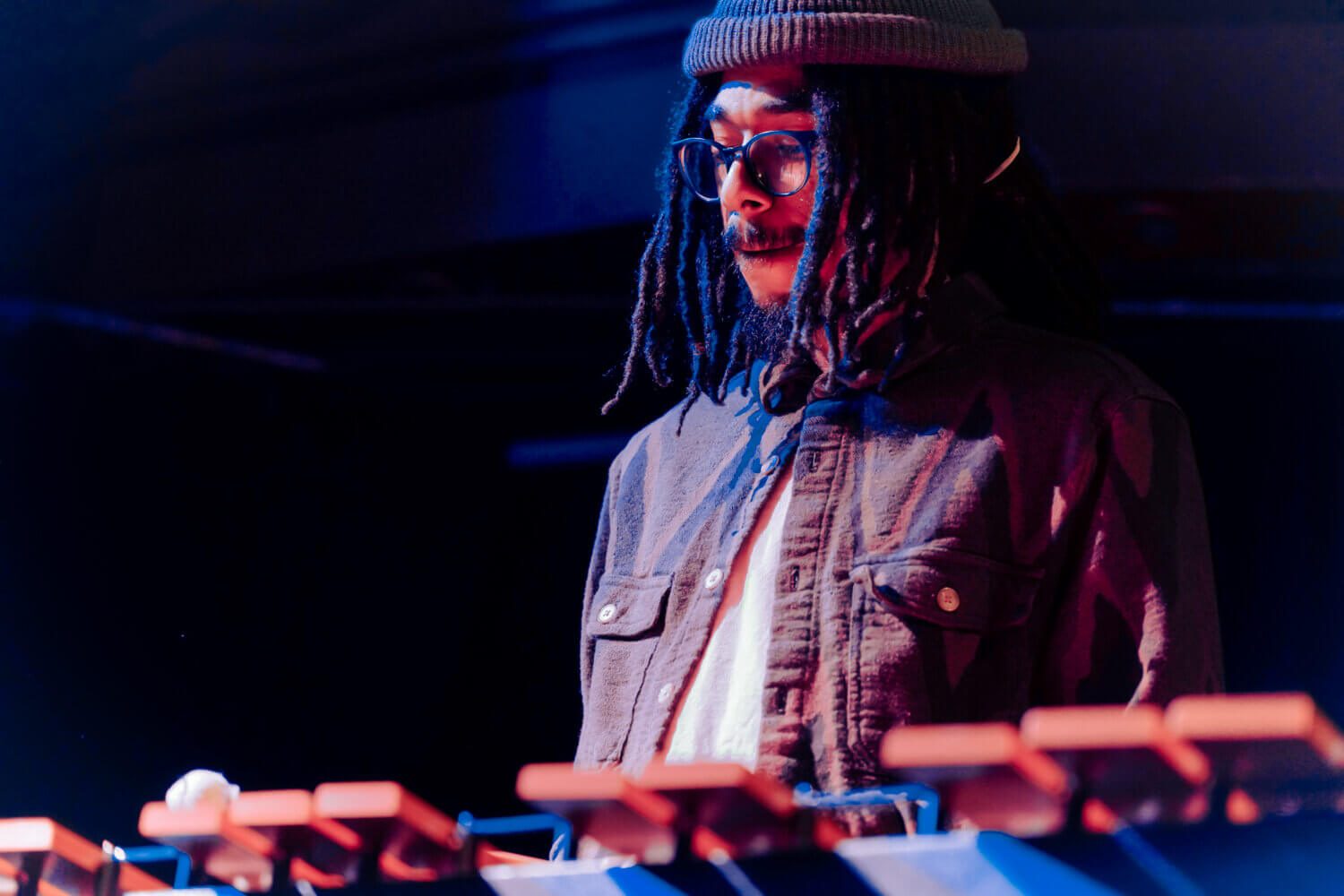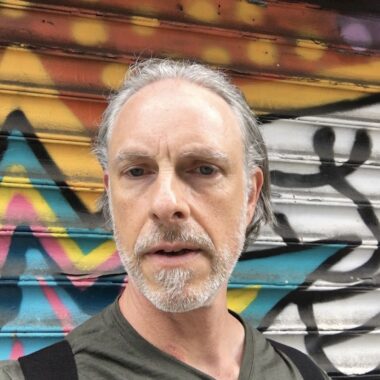Near the start of this current stretch of my life, when I somehow—by circumstance, accident, and desperation—became a freelance writer, I wrote an article for a classical music publication (that still exists but is no longer a place for writing) about how there’s no such thing as difficult music. Except for typing out the words coherently, it was easy to write, because there really is no such thing as difficult music.
What “difficult music” means is the same across all genres: music that the people who book clubs, created concert programming, and produce and sell records, think is too difficult—too out of the ordinary, too alienating, too obscure—to sell to listeners and audiences. Probably the most salient example of this is atonal composition in the Western classical tradition, music by, and that followed, Schoenberg. But there’s plenty of other examples, like Merzbow, late John Coltrane, Metal Machine Music, and Schoenberg was far from the first composer in the last 500 years to be thought of as difficult.
The difficulty is not real, of course, and Schoenberg, Merzbow, Coltrane, Lou Reed, and others have audiences, they always have had them. The idea of difficulty comes from a small group of people who have been in positions to decide what others should get to see and hear. We don’t need the long view of history to show that they have essentially always been wrong—at the end of last month, the Metropolitan Opera announced that they were going to be cutting out 19th century works like Verdi’s Don Carlo in favor of more modern and contemporary operas, like Kevin Puts’ The Hours, which premiered at the house in the fall. The criteria was money, and ticket sales were strong enough for the modern works, and soft enough for some of the older ones, that the Met let the audiences decide for them. (As a critic who loves Don Carlo and has reviewed both productions, this is a wise decision. Don Carlo is a fantastic opera but a specialty one, too enormous and dark for a lot of Verdi lovers, and expensive to produce. The Hours was not just a popular success, it’s a terrific opera with some of the finest writing I’ve heard in a contemporary score, and it was encouraging to not only see so many people at the premiere but so many younger than the usual demographic at the Met.)
Audiences—you, me—get to decide often enough that there is an enormous amount of “difficult” music out there, more than anyone can probably listen to in one lifetime. Bebop, which has the same status in jazz that the Beethoven piano sonatas have in classical music, was once truly avant-garde music, and considered difficult by many record labels, venues, even by Louis Armstrong, and now the ongoing free jazz movement, including the Coltrane of Ascension and Live in Seattle, the recorded legacies of Cecil Taylor, Ornette Coleman, Sun Ra, Archie Sheep, The Art Ensemble of Chicago, and others are cornerstones of jazz over the last 50 years (half of the entire history of the music). Free jazz was tremendously controversial when it first developed,
Jazz is impossible to imagine without this music, and without it things like the aesthetic and commercial lifeline of jazz-rock fusion would be unimaginable, because the foundations of that style, Tony Williams’ Lifetime and Miles Davis from In A Silent Way on, could not have been molded without ideas from from jazz.
The music has gained more vitality over the past two years. It became the lingua franca of live streaming when venues were closed at the beginning of the ongoing COVID pandemic. No surprise that in that kind of contingent situation, the musicians who could adapt most easily and quickly were those who work from the foundation of making things up in the moment, often in very small (because of economic pressures) configurations. Streaming pickup improvisation dates were the thing, and more than a few albums come out of this, including the exceptional Some Kind of Tomorrow, improvised duets from Jane Ira Bloom and Mark Helias recorded across an internet connection (available at markhelias.bandcamp.com) and guitarist Stephen Gauci’s series of Pandemic Duets (gaucimusic.bandcamp.com).
Out of this, it feels like the audience for free music has expanded, that more people are listening to it and more people are willing to listen to it, and that simple proposition, that people are curious about free music (and not just what comes out of jazz) and interested in checking it out completely demolishes the fiction that there is such a thing as difficult music. It’s even gone beyond music itself and into a larger, mainstream culture via the Free Jazz collection of movies on the Criterion Channel, packed with fascinating and invigorating explorations of the musicians who are dedicated to free playing.
And as much as I encourage everyone to catch as much of this month’s 2023 NYC Winter Jazzfest (January 12-18 at various locations, full schedule at winterjazzfest.com—please wear a mask!) I’m puzzled and a bit disappointed by how the festival has been trending away from free music over the last several years—meaning from 2020 and then again last year, with remote performances, after the cancellation for 2021. There is an event honoring the great Marshall Allen with the Sun Ra Arkestra—and Ra’s expanding legacy, via the seemingly ageless Allen, is an important story of how free music appeals across generations and genres. There are also events and musicians that, while not exactly free music, are right next to it, like the FLOCK UP AND FLY tribute to jaimie branch, January 15 at Nublu, and appearances by Mary Halvorson and Kris Davis, and an evening with a listening session to Pharoah Sanders’ 1973 Elevation LP, followed by a live “reinterpretation.”
But in the overall context of the Jazzfest, that’s a surprisingly small amount. As the festival, including the wonderful Marathon nights, has moved away from the New School/Greenwich Village locus to scattered venues, so the styles have become more scattered and moved away from the free side to more mainstream ideas, like a focus on Parisian jazz and a Verve Records showcase. The Marathons again cover two nights, January 13 and 14, the former in Manhattan and the latter in Brooklyn. The Manhattan one is walkable, stretching across town from City Winery on 11th Avenue to Nublu on Avenue C and up to the Jazz Gallery on Broadway. There is the usual impossibility of making it to all sets in time, as those from Immanuel Wilkins, Adam O’Farrill, Chris Lightcap, Joel Ross, Marta Sánchez, and others overlap, and Lakecia Benjamin and Craig Taborn both start at 11—the freest set will likely be the Halvorson/Courvoisier Duo at the Jazz Gallery, 9:30.
The following night is concentrated in Wiliamsburg (I know, right?). Certainly the highlight is at Superior Ingredients, once you get past Gilles Petersen’s 90 minute DJ set: Jamaladeen Tacuma, Makaya McCraven, Irreversible Entanglements, Nate Smith/Jason Lindner/Tim Lefebvre, and a late-night set from A Joyful Noise. That’s easily the most concentrated hipness of the entire festival. William Parker’s Piano Trio plays 10pm at Loove Labs, for some more taste of freedom, and the Brooklyn night does cover a ton of stylistic ground. Just don’t look for utter freedom. But then, now that people are back together, though not necessarily in safety, maybe freedom is not exactly what the people want.
Author
-

George Grella wrote the book on Miles Davis’ Bitches Brew. He write other stuff too. killyridols.substack.com/
View all posts
George Grella wrote the book on Miles Davis’ Bitches Brew. He write other stuff too. killyridols.substack.com/










